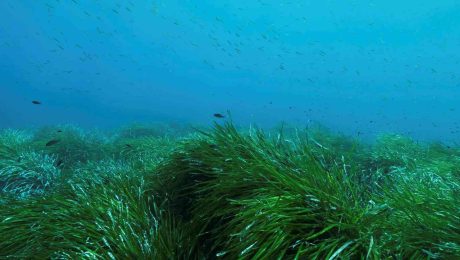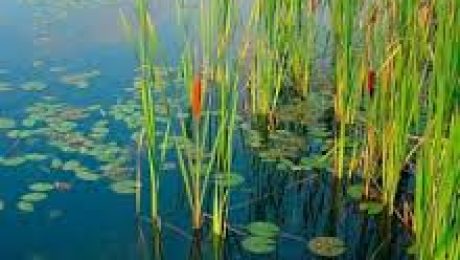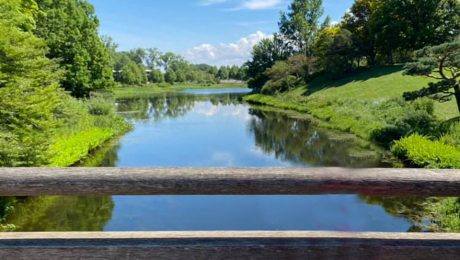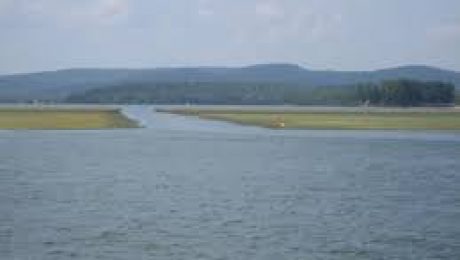Submerged aquatic vegetation (SAV) such as wild celery and eelgrass are an important component of the Chesapeake Bay ecosystem. The underwater grasses improve water quality in the Bay by trapping loose sediment in their roots and remove pollutants, such as excess nitrogen, from the water column. The beds are also home to spawning fish and
The squishy green stuff at the bottom of the lake isn’t algae. Those are weeds, and though people seem to hate the feeling of their feet touching them, those weeds might be necessary for the health of the lake. According to Greenwood County Lake Manager Julie Davis, Greenwood County Lake Management surveys and inspects the
The Chautauqua Lake Association in New York, announced that over 15 million pounds of aquatic vegetation and storm debris were removed from the lake this summer. Lake cleanup efforts began in May and continued through September. The CLA is managed by an all-volunteer board of directors and funds the organization receives are used to pay
Seagrass, kelp beds, mangroves, and other aquatic vegetation are often considered “ecosystem engineers” for their ability to essentially create their own habitats: Aquatic leaves and reeds slow the flow of water, encouraging sediments to settle nearby to form a foundation on which more plants can grow. Such underwater forests provide shelter to hundreds of organisms,
Chautauqua Lake Association officials report removing more than 13.3 million pounds of aquatic vegetation from Chautauqua Lake (Chautauqua, New York) this summer. Overall, CLA officials said in a news release that the condition of the lake was wonderful this year. Average weed growth in most areas had exceptional clarity compared to past years. The CLA
A recent increase in aquatic vegetation in Wheeler Reservoir in Alabama has anglers smiling, but local skiers, pleasure boaters and homeowners see the weeds as a menace. Tennessee Valley Authority officials said they are hearing lots of complaints from homeowners and boaters about the hydrilla, eel grass, star grass and milfoil up and down the
Common practice is to remove river plants to prevent the slowing of the water flow and to prevent flooding during high rainfall events, but according to one research scientist the vegetation can act as a natural buffer. She believes that the plant removal not only threatens the a naturally balanced water level but threatens a
Efforts to restore Georgica Pond are proving to be successful thanks in part to the help of an aquatic weed harvester. Georgica Pond has been invaded by toxic cyanobacteria, or blue-green algae, in recent years, which can cause serious health problems. For the second consecutive year, the foundation has leased an aquatic weed harvester to
Aquatic plants, whether invasive or native, can be described as either a mess or a resource. Natural plant growth covers 20 – 40% of the water and includes a diversity of plants. However, invasive plants such as Eurasian watermilfoil, hydrilla and water hyacinth quickly take over a lake covering 60% and sometimes 100% of the
For years it has been about getting rid of aquatic vegetation, but perhaps 2016 will be a year to focus on the restoration and the necessity of these plants to create a healthy fishery and the overall health of the ecosystem. Marsh Lake lies within the Lac qui Parle Wildlife Management area, which is managed









